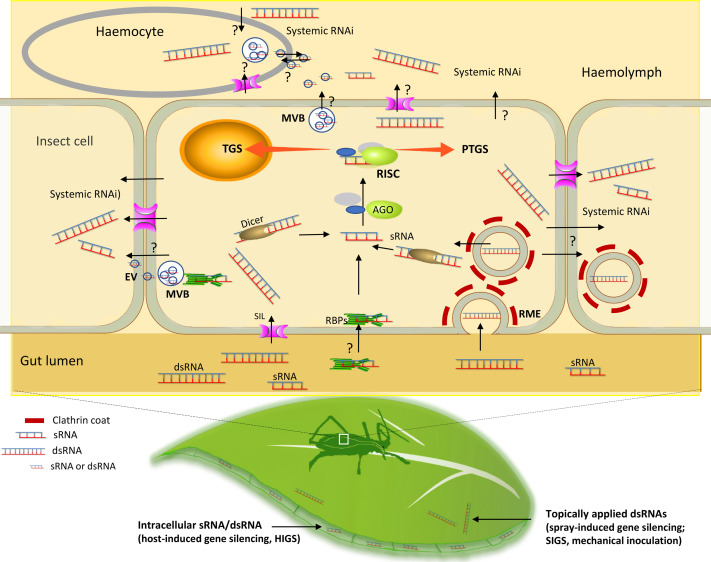RNA-Based Technology for Plant Virus Protection
Plant viruses pose threat to global agriculture. They are responsible for extensive crop losses, impacting food security and farmer livelihoods. Recent advancements in RNA-based technology offer promising solutions to combat these viral infections. Researchers are exploring innovative methods to enhance plant immunity and protect crops from devastating viruses.
Impact
Plant viruses are a leading cause of crop failure worldwide. The U.N. Food and Agriculture Organisation estimates that pests and diseases destroy nearly 40% of global crops. Plant viruses contribute to over $30 billion in annual losses. Cucumber mosaic virus (CMV) is particularly notorious, affecting over 1,200 species, including key food crops. In India, CMV leads to yield losses in bananas and cucumbers.
Mechanisms of RNA Silencing
Plants have a natural defence mechanism called RNA silencing. When a virus infects a plant, it introduces double-stranded RNA (dsRNA). This triggers the plant’s immune response, activating Dicer-like enzymes. These enzymes slice dsRNA into small interfering RNAs (siRNAs) that target and destroy viral RNA. However, this process is often imperfect due to rapid viral mutations.
Host-Induced Gene Silencing (HIGS)
HIGS is a method where plants are genetically modified to produce dsRNA. This provides ongoing protection against viral infections. However, challenges include high production costs and regulatory hurdles. The potential for viral resistance also limits its widespread application.
Spray-Induced Gene Silencing (SIGS)
SIGS is an alternative approach that involves applying RNA sprays to plants. This method does not require genetic modification. Plants absorb the RNA, activating their immune responses. While SIGS is more flexible and environmentally friendly, its effectiveness can be limited due to random siRNA production.
Effective dsRNA Technology
Researchers have developed a new approach using “effective dsRNA.” This genetically engineered dsRNA is enriched with potent siRNA that targets the virus’s genetic material. In laboratory tests, this method resulted in reduction in viral loads, with some plants achieving complete protection against CMV.
Advantages of the New Approach
The new dsRNA technology has several key advantages. It is more precise, directing the immune response towards vulnerable viral regions. It also provides stronger defence by targeting multiple regions of the viral genome, making it harder for viruses to mutate. Additionally, effective dsRNA can be quickly redesigned to target new viral strains.
Future Developments and Challenges
Researchers are working on developing spray-based solutions for real-world applications. However, challenges remain, including RNA stability in outdoor conditions and high production costs. Regulatory approvals also pose hurdles, with processes varying by country.
Broader Applications
While the study focused on CMV, the principles of effective dsRNA technology can be applied to combat other plant viruses. Researchers believe RNA-based approaches could also target fungal and bacterial diseases, as well as insect pests.
Month: Current Affairs - April, 2025
Category: Agriculture Current Affairs








